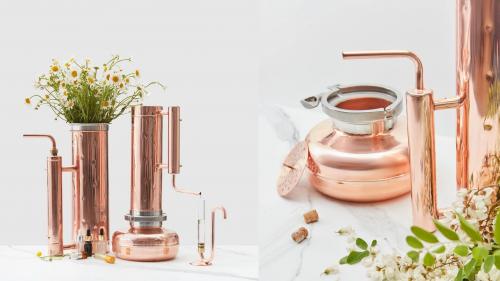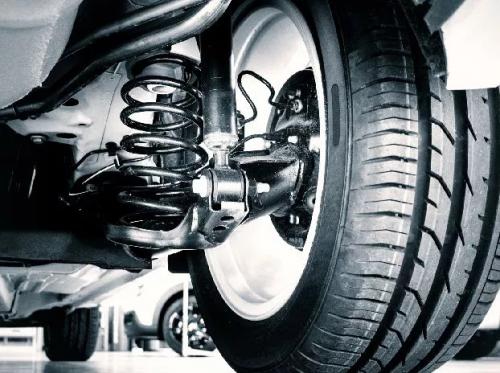How to Distill Essential Oils: A Comprehensive Guide

Essential oils are potent extracts derived from plants, renowned for their therapeutic properties and aromatic allure. Distillation is a key process in extracting these oils, ensuring purity and potency. In this comprehensive guide, we delve into the art and science of distilling essential oils, highlighting methods, equipment like the copper pro distiller and practical tips for creating high-quality oils at home.
Understanding Essential Oil Distillation
Essential oil distillation is a method of separating the aromatic compounds from plant material using steam or water. This process harnesses the volatile oils present in plants, capturing their essence in a concentrated form. The quality of essential oils depends largely on the distillation technique and equipment used.
Choosing the Right Equipment: The Copper Pro Distiller
Central to the distillation process is the choice of equipment. A copper pro distiller is often favored for its superior heat conductivity and ability to neutralize sulfur compounds that can affect the aroma and quality of essential oils. This type of still is particularly efficient in preserving delicate aromas and flavors, making it ideal for home and small-scale distillation.
Step-by-Step Guide to Distilling Essential Oils
Step 1: Selecting Plant Material
Choose fresh, high-quality plant material for optimal oil extraction. Herbs like lavender, rosemary, and peppermint are popular choices due to their aromatic profiles and therapeutic benefits.
Step 2: Preparing the Still
Assemble and clean your copper pro distiller according to manufacturer instructions. Ensure all components are in place, including the condenser, boiler, and collection vessel.
Step 3: Loading the Still
Place the plant material in the boiler of the distiller. For most plants, chopping or bruising them beforehand can help release essential oils more effectively during distillation.
Step 4: Adding Water
Add an appropriate amount of water to the boiler, taking care not to overfill. The water acts as a medium for steam generation, carrying the essential oils through the system.
Step 5: Heating and Distilling
Apply heat to the boiler, gradually raising the temperature. As the water heats up, steam will begin to rise, carrying essential oils and other aromatic compounds with it.
Step 6: Condensation
The steam travels through the condenser, where it cools and condenses back into a liquid. This liquid, now enriched with essential oils, drips into the collection vessel.
Step 7: Separation and Storage
Once the distillation process is complete, carefully separate the essential oil from any hydrosol or water that may have collected. Store the essential oil in dark glass bottles away from light and heat to preserve its potency.
Tips for Successful Distillation
- Quality of Plant Material: Use fresh, pesticide-free plants for the best results.
- Temperature Control: Maintain a consistent temperature throughout the distillation process to avoid overheating or under-extracting oils.
- Patience is Key: Distillation is a slow process; rushing can compromise the quality of your oils.
- Storage: Store essential oils in a cool, dark place to prevent oxidation and degradation.
Conclusion
Mastering the art of distilling essential oils with a copper pro distiller opens up a world of possibilities for creating your own natural remedies, perfumes, and aromatherapy blends. By understanding the process, selecting quality ingredients, and investing in the right equipment, you can produce high-quality oils that retain the essence and therapeutic benefits of the plants they come from. Whether for personal use or as a budding entrepreneur, distilling essential oils is a rewarding journey into the realm of botanical extracts and natural wellness.
Incorporate these insights into your distillation practice, and embark on a fragrant adventure that celebrates the essence of nature in every drop of essential oil you create.









Comments